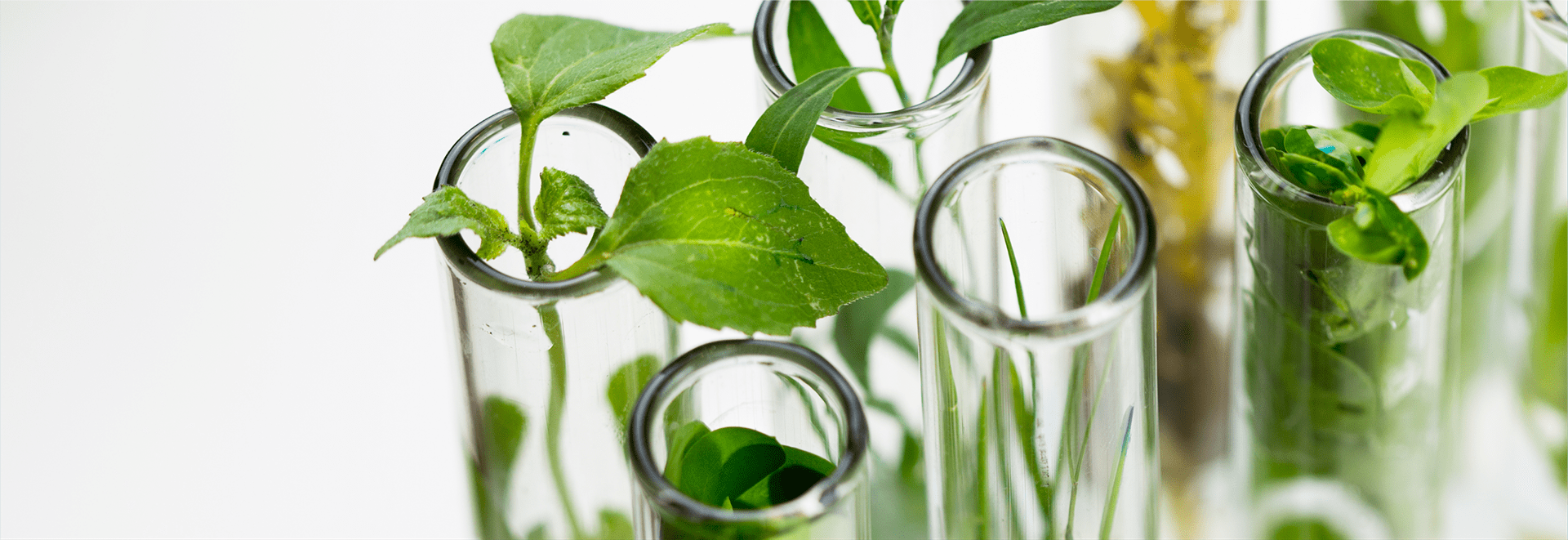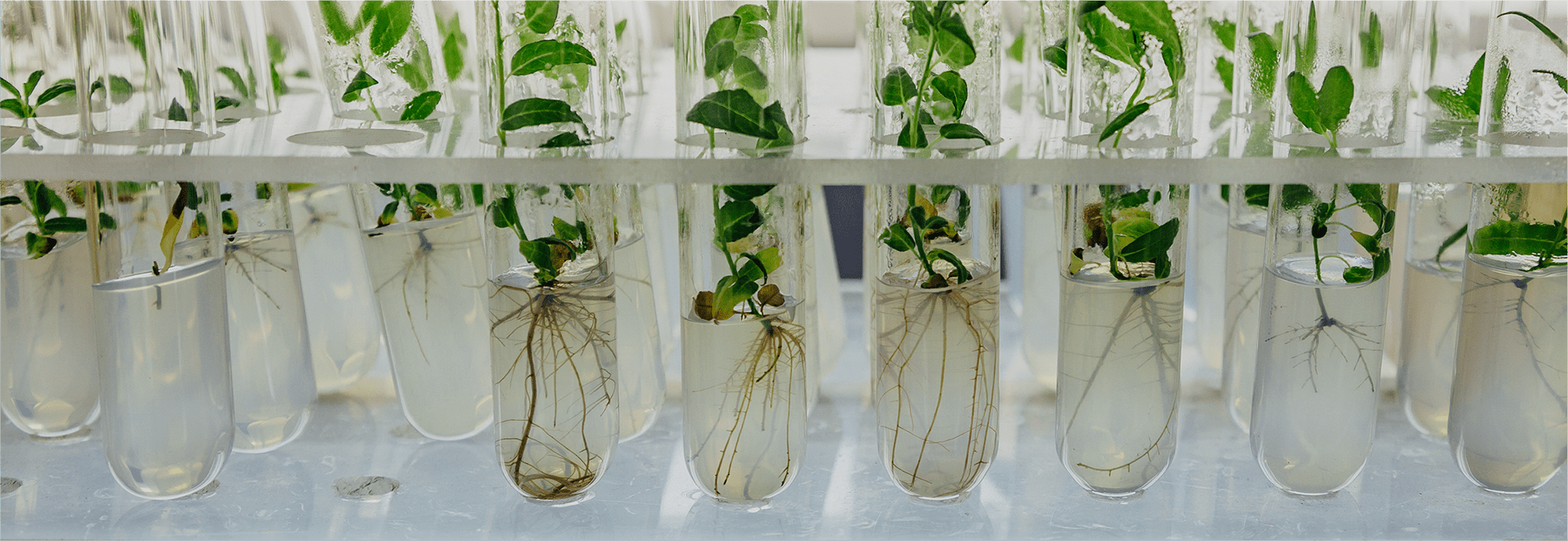- Technologies
-
Solutions
- About IBIS
-
- Service
- R&D Center
-
R&D CENTER
New insights from monitoring of planted evergreen broad-leaved species in Nangsae island.
Yongsung Kim, Juhyun Kim, Jihun Yeon, Suhwan Nam, and Jongsun ParkFor evaluating suitable habitats of warm temperate evergreen broad-leaved trees, we investigated survival ratios of each evergreen broad-leaved species planted from 1976 to 1996 in Nangsae island in Taeangun, Chungcheongnam province. Among 708 individuals (26 species) initially planted in Nangsae island, 76 individuals (19 species) were found in 2017. Interestingly, arboreous species showed higher survival ratio than those of shrubs and small arbor. In addition, the species dwelling on mountain regions survived more than in forests and valleys. Because high density of trees in Nangsae island, it is difficult for small trees to receive enough amount of sunlight; however, Camellia japonica and Eurya japonica (small arboreal trees) survived well because their natural habitats include this island. All survived species were found only in the Southeast slope of the island because of the preference which likes sunny and warm site. Even though environmental condition of natural habitats of Cinnamomum japonicum retrieved from Integrated Flora Database (http://www.floradb.net/) is quite different from that of Nangsae island which is one of survived species. Taken together, main factors for survived planted species in Nangsae island are i) climate of Nangsae island, ii) interspecific competitions, and iii) the amount of sunlight. Based on this numerical approach combining species distribution and microclimate data, potential habitats of Korean plants can be investigated.



